By Al Hemingway
On the evening of December 13, 2003, near a farmhouse on the outskirts of Tikrit, Iraq, Colonel James B. Hickey, commander of the 1st Brigade, delivered a terse but electrifying message on a secured line to Lt. Col. Steve Russell, leader of the 1st Battalion, 22nd Infantry Regiment. “Caesar Romero,” Hickey said to Russell. It was the code name for the capture of Saddam Hussein, the former dictator of Iraq who had been in hiding ever since Americans invaded the country that March. With a long beard and bushy hair, Hussein strongly resembled Romero, the popular actor who once had played the Joker on the 1960s Batman TV series.
Russell was ecstatic. Months of following clues and snaring Saddam’s inner circle of friends and supporters had finally paid off. His unit had played a pivotal role in Hussein’s ultimate capture. In his book, We Got Him: A Memoir of the Hunt and Capture of Saddam Hussein (Threshold Editions, Simon & Schuster, New York, 2011, 461 pp., maps, photographs, index, $26.99, hardcover), Russell gives readers a close-up look of what it was like, from an infantryman’s point of view, patrolling the mean streets of Tikrit, attempting to locate and defuse roadside bombs, and assist in the manhunt for Iraq’s ghost-like former tyrant.
Intertwined with the story of the relentless pursuit of Saddam by Russell’s infantrymen and Special Forces teams, the author writes about the tedious but dangerous day-to-day operations within a city with a population of more than a quarter of a million people, many of whom were Ba’thist Party loyalists, the political organization that had ruled the country with an iron fist for nearly a quarter of a century. By chipping away at Saddam’s ring of insiders, American forces finally were able to locate the former strongman’s secret underground hiding place on the edge of the city, where he had been concealed for months by his friends.
The quest for Saddam reads like an Agatha Christie novel involving famous fictional Belgian detective Hercule Poirot. It is filled with mystery, intrigue, and suspense. Russell’s vivid descriptions of the people, places, and events involved should keep readers on the edge of their seats.
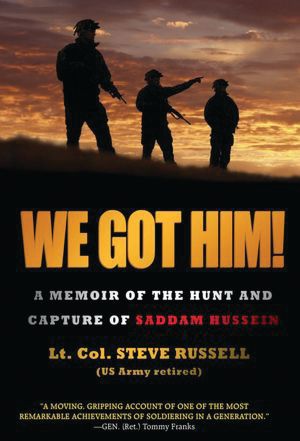
Russell is a true warrior. Leading from the front, he instilled spirit and morale among his troops. He modestly credits them for much of his success. He grieves when one of his troopers is killed or wounded, especially when a female mechanic, Specialist Holly McGeogh, is lost to an improvised explosive device. During the funeral, Russell could not hold back his tears.
“I did the unthinkable,” he wrote, “I cried before my soldiers. I suppose I could have shown more sternness as a commander. Still, the Army tradition goes that memorial services are the place to say your goodbyes. Maybe they just don’t want the goodbyes to be felt so deeply. If we could not show our love for our fellow soldiers there, then where could we? My soldiers knew me. They knew I would lead the fight with them, and they now they knew I was also capable of mourning along with them. I don’t regret it.”
Russell has written a powerful and gutsy memoir about his unit’s time in Iraq. His story about the capture of Saddam Hussein is exciting in itself. But he doesn’t pull any punches in giving a graphic view of the close-quarter fighting that American forces experienced in Iraq and continue to experience today in Afghanistan.
 The Roman Barbarian Wars: The Era of Roman Conquest by Ludwig Heinrich Dyck, Trafford Publishing, Bloomington, IN, 2011, 279 pp., illustrations, notes, index, $31.95, hardcover.
The Roman Barbarian Wars: The Era of Roman Conquest by Ludwig Heinrich Dyck, Trafford Publishing, Bloomington, IN, 2011, 279 pp., illustrations, notes, index, $31.95, hardcover.
From its founding, Rome willingly chose a path of war to expand its borders and forcibly take the minerals, natural resources, and slaves it needed to maintain its hold on the vast territories and peoples it had vanquished. The Roman army fought a series of pitched battles for centuries to conquer the barbarians of Gaul, in present-day France and Germany. Many Roman commanders, however, found the arduous task easier said than done. The various tribes were fierce warriors in their own right and did not capitulate without a fight, in some cases even defeating and annihilating their would-be conquerors. This was the case with Gallic chieftain Arminius’s decisive victory over the three legions of Varus at the Battle of the Teutoburger Forest in ad 9.
The author, a frequent contributor to Military Heritage, takes the reader from the birth of Rome to the death of Germanicus in ad 19. As he states in the introduction, the book slowly evolved from articles he had written for military history publications. By weaving all of these short accounts into one volume, Dyck presents not only a historically accurate account of the era, but an entertaining one as well. No less than seven chapters are devoted to the most legendary of Rome’s generals, Julius Caesar, who spent years attempting to subjugate the warlike Celtic hordes. A sly and crafty politician, Caesar realized early on that he needed a signature military triumph to increase his popularity among his fellow Romans. And victories he gave them.
Although some of his claims of the enemy’s strength and casualties need to be taken with a proverbial grain of salt, Caesar nonetheless proved to be a talented military leader. Not only did his victories on the battlefield fill Rome’s coffers with loot and slaves to do the empire’s manual labor, they also greatly contributed to his personal fame and glory. His glowing reputation as one of Rome’s greatest generals ironically brought about his downfall. Caesar was assassinated in 44 bc by his political opponents, but not before he had created a dynasty that would rule for centuries.
Dyck has produced an engaging, well-written book that not only discusses the campaigns and leaders of the period, but also gives a detailed look at tactics, clothing, and weapons as well. It is popular history at its best.
 Inside SEAL Team Six: My Life and Missions with America’s Elite Warriors by Don Mann with Ralph Pezzullo, Little, Brown, New York, 2012, 304 pp., index, $16.99, softcover.
Inside SEAL Team Six: My Life and Missions with America’s Elite Warriors by Don Mann with Ralph Pezzullo, Little, Brown, New York, 2012, 304 pp., index, $16.99, softcover.
In the past, the exploits of SEAL Team Six, regarded by many to be the most highly trained unit in U.S. history, has never been openly discussed. However, with the recent takedown of Osama bin Laden, the elite group has become the focus of media attention, even though their missions remain highly classified.
Massachusetts native Don Mann, a former member of this special unit, has written a no-holds-barred account of his time with the team. Although some of the information has been redacted, Mann and co-author Ralph Pezzullo decided to leave in the blacked out paragraphs and words. Even with the missing information, the book delivers a powerful portrayal of what it is like to undergo training and participate in dangerous behind-the-lines operations that took Mann and his SEALs all over the world.
A kid with a penchant for getting into trouble growing up, Mann credits the U.S. Navy, particularly the SEALs, with saving him from a life of drugs and prison. Upon graduation from boot camp, he went on to corpsman school and later volunteered for the SEALs.
Mann’s description of the intense training while attending BUDs School to qualify as a SEAL is well written. His description of the missions he went on, including ones in Somalia, Panama, and El Salvador, are action-packed and entertaining. Inside SEAL Team Six gives readers a colorful picture of what a SEAL endures when selected to become part of America’s most respected combat unit.
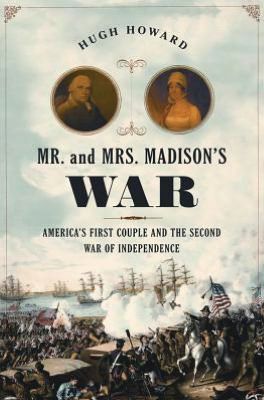 Mr. and Mrs. Madison’s War: America’s First Couple and the Second War of Independence by Hugh Howard, Bloomsbury Books, New York, 2012, 384 pp., maps, illustrations, notes, index, $30.00, hardcover.
Mr. and Mrs. Madison’s War: America’s First Couple and the Second War of Independence by Hugh Howard, Bloomsbury Books, New York, 2012, 384 pp., maps, illustrations, notes, index, $30.00, hardcover.
The War of 1812, also referred to as America’s Second War of Independence, is arguably one of the least understood conflicts in U.S. history. Extremely unpopular at the time, many citizens were against going to war with England for a second time in three decades and directed their wrath toward the man who had declared it—President James Madison. The British still considered America an upstart nation. In many ways, they were correct. The newly created United States of America was still trying to emerge from the lengthy shadow of Great Britain.
The war saw the organization and building of the U.S. Navy. In fact, America’s naval commanders enjoyed great success on the high seas, especially during the early phases of the fighting. The army, unfortunately, did not. It was the rout of U.S. forces at Bladensburg, Maryland, called the “Bladensburg Races,” in August 1814 that paved the way for the destruction of Washington, D.C., by British forces.
Despite all the setbacks, the United States negotiated a treaty at Ghent, Belgium, that was satisfactory to both sides. Now with the 200-year anniversary of the war upon us, the author reminds us that the War of 1812 brought much change to the United States. As the London Times adeptly observed in 1817, referring to their former colonies several years after the war had ended, “Their first war with England made them independent; their second made them formidable.”
 The Perfect Wreck: “Old Ironsides” and HMS Java: A Story of 1812 by Steven E. Maffeo, Fireship Press, Tucson, AZ, 2011, 361 pp., glossary, notes, $24.95, softcover.
The Perfect Wreck: “Old Ironsides” and HMS Java: A Story of 1812 by Steven E. Maffeo, Fireship Press, Tucson, AZ, 2011, 361 pp., glossary, notes, $24.95, softcover.
This book is a vivid account of the legendary three-hour naval battle between the HMS Java, a British 38-gun frigate, and the 54-gun USS Constitution, nicknamed “Old Ironsides,” in December 1812. After hours of maneuvering to gain the upper hand, the vessels were locked in mortal combat as they fired repeated broadsides at each other. In the end, Constitution outlasted her opponent. Java’s captain, Henry Lambert, was seriously wounded and later died from his wounds. Captain William Bainbridge, commander of “Old Ironsides,” was also wounded but survived the engagement.
The book follows each ship’s travels until they finally met just after Christmas Day, providing an excellent account of the sea combat that followed. For both naval history enthusiasts and general history buffs, Maffeo’s book is an enlightening read.
 The Boxer Rebellion and the Great Game in China by David J. Silbey, Hill and Wang, New York, 2012, 272 pp., illustrations, notes, index, $26.95, hardcover.
The Boxer Rebellion and the Great Game in China by David J. Silbey, Hill and Wang, New York, 2012, 272 pp., illustrations, notes, index, $26.95, hardcover.
With the end of the Spanish-American War in 1898, the United States was beginning to flex its expansionist muscles on the world stage. With the acquisition of the Philippine Islands, Guam, and Wake Island, American sights turned toward China. The European powers had had their teeth in the giant nation for centuries, and the Chinese were unable to resist their combined military might.
Then, in 1900, a group calling themselves the Society of Righteous Harmonious Fists, or the Boxers, rose up and called for China to oust the foreign devils. The Boxers denounced the long-standing opium trade, imperialistic interference with the Chinese government, and Christian missionaries. For 55 days they held hostages from eight of the foreign nations inside the Legation Quarter in Peking, until a 20,000-man force comprised of the various American and European armies arrived to lift the siege.
The author examines the events leading to the insurrection, siege, and aftermath. Described as “half-devil and half-child,” the Boxers “were a movement of the lower classes,” the author notes. An extremely nationalistic group bent on preserving their cultural identity, the Boxers appealed to those Chinese who viewed foreign intervention as evil and wanted it eradicated. As the author writes, “Of all the actors involved in this story, the Boxers, despite their violence, were perhaps the least sinning.”
 The Dark Defile: Britain’s Catastrophic Invasion of Afghanistan, 1838-1842 by Diana Preston, Walker Publishing Company, New York, 2012, 320 pp., maps, illustrations, notes, bibliography, $26.00, hardcover.
The Dark Defile: Britain’s Catastrophic Invasion of Afghanistan, 1838-1842 by Diana Preston, Walker Publishing Company, New York, 2012, 320 pp., maps, illustrations, notes, bibliography, $26.00, hardcover.
On the afternoon of January 13, 1842, British sentries at Jalalabad, Afghanistan, watched in amazement as a lone rider approached the gate. It was Assistant Surgeon Dr. William Brydon, the only survivor of the British contingent at Kabul. Despite horrendous wounds, Brydon survived to tell a story of the massacre of men, women, and children at the hands of savage Afghan tribesmen.
In her newest book, historian Diana Preston writes a first-rate account of the First Afghan War (1839-1842), one of the worst military disasters in the history of the British Army. Worried that Russia, Persia and the Afghan tribes might pose a serious threat to her Indian Empire, Great Britain invaded the landlocked nation to drive their leader, Dost Mohammed, from power and replace him with unpopular Shah Shuja, whom the British could control. These moves, like a giant chess match, were referred to as “the Great Game,” pitting two adversaries, Great Britain and Russia, against each other for control of Central Asia.
Despite their fighting prowess, British soldiers suffered a disastrous defeat. The unification of the Afghan tribes, coupled with the harsh terrain and bitterly cold weather, proved to be their downfall. Thousands were killed before the British Army finally made a hasty retreat from the country.
Preston give details of the unrelenting combat and does a good job of explaining the behind-the-scene politics that led to the disastrous campaign, providing a slice of history that remains pertinent today because of the current situation in Afghanistan, nearly 175 years after the First Afghan War took place.
 Fighting for Afghanistan: A Rogue Historian at War by Sean M. Maloney, Naval Institute Press, Annapolis, MD, 2011, 352 pp., illustrations, photographs, notes, index, $42.95, hardcover.
Fighting for Afghanistan: A Rogue Historian at War by Sean M. Maloney, Naval Institute Press, Annapolis, MD, 2011, 352 pp., illustrations, photographs, notes, index, $42.95, hardcover.
This book takes readers from 19th-century Afghanistan to the present-day war in that barren country. The author, who has spent considerable time covering the conflict from the Canadian perspective, focuses primarily on the summer 2006 timeframe. Canadian forces fought heroically to quell the many factions involved in the insurgency, everyone from the Taliban to professional gunmen hired by drug czars for their private armies.
Although he has visited the war-torn nation on numerous occasions, Maloney believes that the situation was most desperate during that long, hot summer of 2006. His book is an eyewitness account of that period and a broader look at the often-confusing war that Canada and her allies have been embroiled in for the past decade.
 Black April: The Fall of South Vietnam, 1973-1975 by George J. Veith, Encounter Books, New York, 2012, 606 pp., notes, $29.95, hardcover.
Black April: The Fall of South Vietnam, 1973-1975 by George J. Veith, Encounter Books, New York, 2012, 606 pp., notes, $29.95, hardcover.
This well-written account of the fall of South Vietnam concentrates on the last two years of the war involving the communist forces of North Vietnam and the South Vietnamese Army. Although both countries signed the Paris Peace Accords in 1973, the treaty was not worth the paper it was written on. Hanoi began breaking the pact almost immediately and shuffled troops into South Vietnam to prepare for an all-out assault. The author gives numerous examples of the fighting prowess of the Army of the Republic of South Vietnam (ARVN), attempting to dispel the myth that ARVN soldiers and commanders were ill-trained and not on par with their northern relatives.
Hanoi kept a keen eye on the events in Washington. When Congress slashed funding for South Vietnam, the communists took it as a cue to strike and conquer the country. Veith obtained documents from both sides dating from that turbulent period and provides an insightful description of the actions of major military and political figures. Despite errors made by the South Vietnamese government, he strongly feels that with proper financial assistance and continued American involvement after the cease-fire, the situation might have turned out differently.
We will never know if that sunnier scenario would have occurred. What we do know is that the Saigon government fell and the American public witnessed U.S. advisers making a hasty and humiliating exit from the rooftops of the American embassy in Saigon. It is an image that remains difficult to erase.
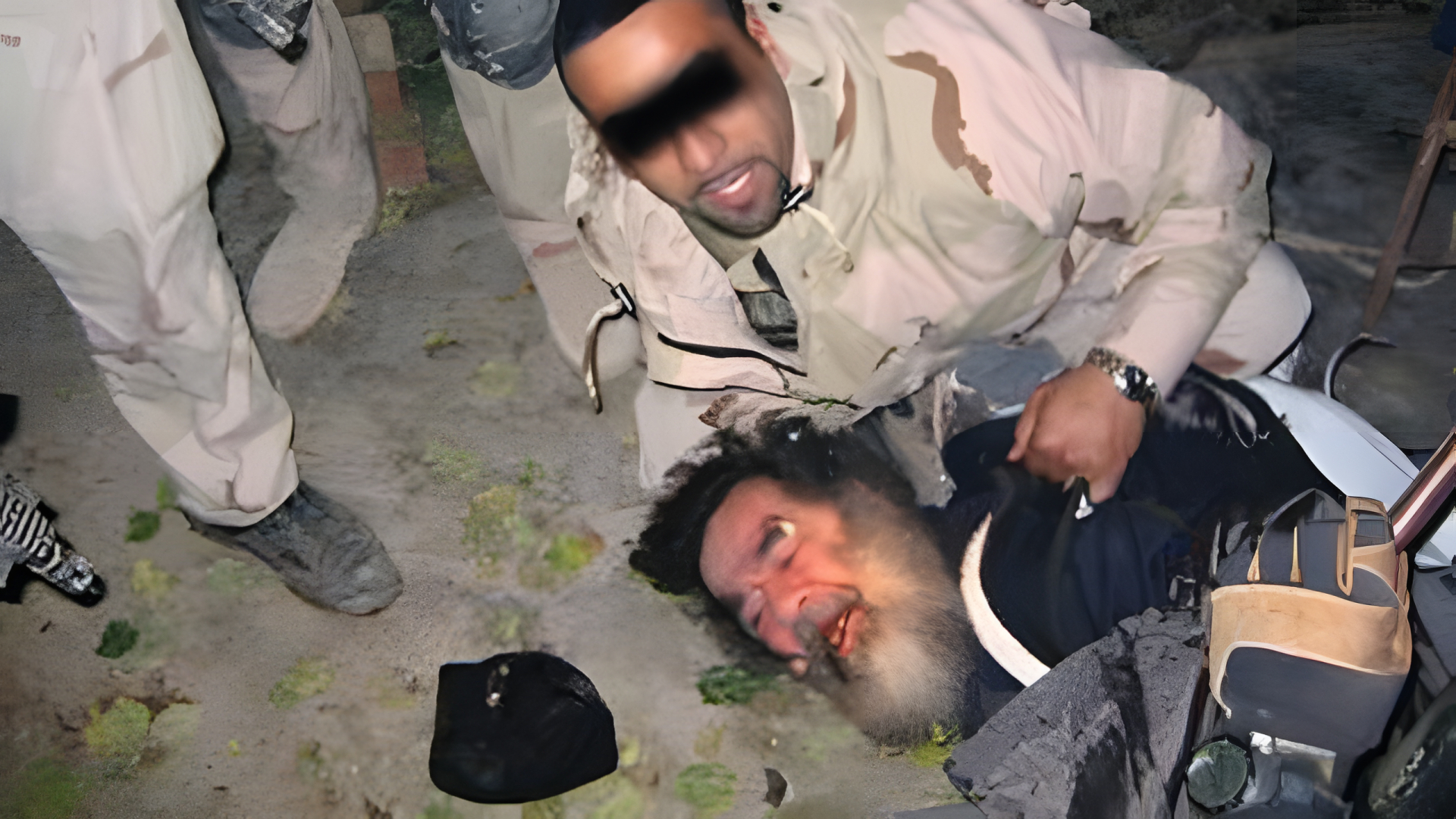
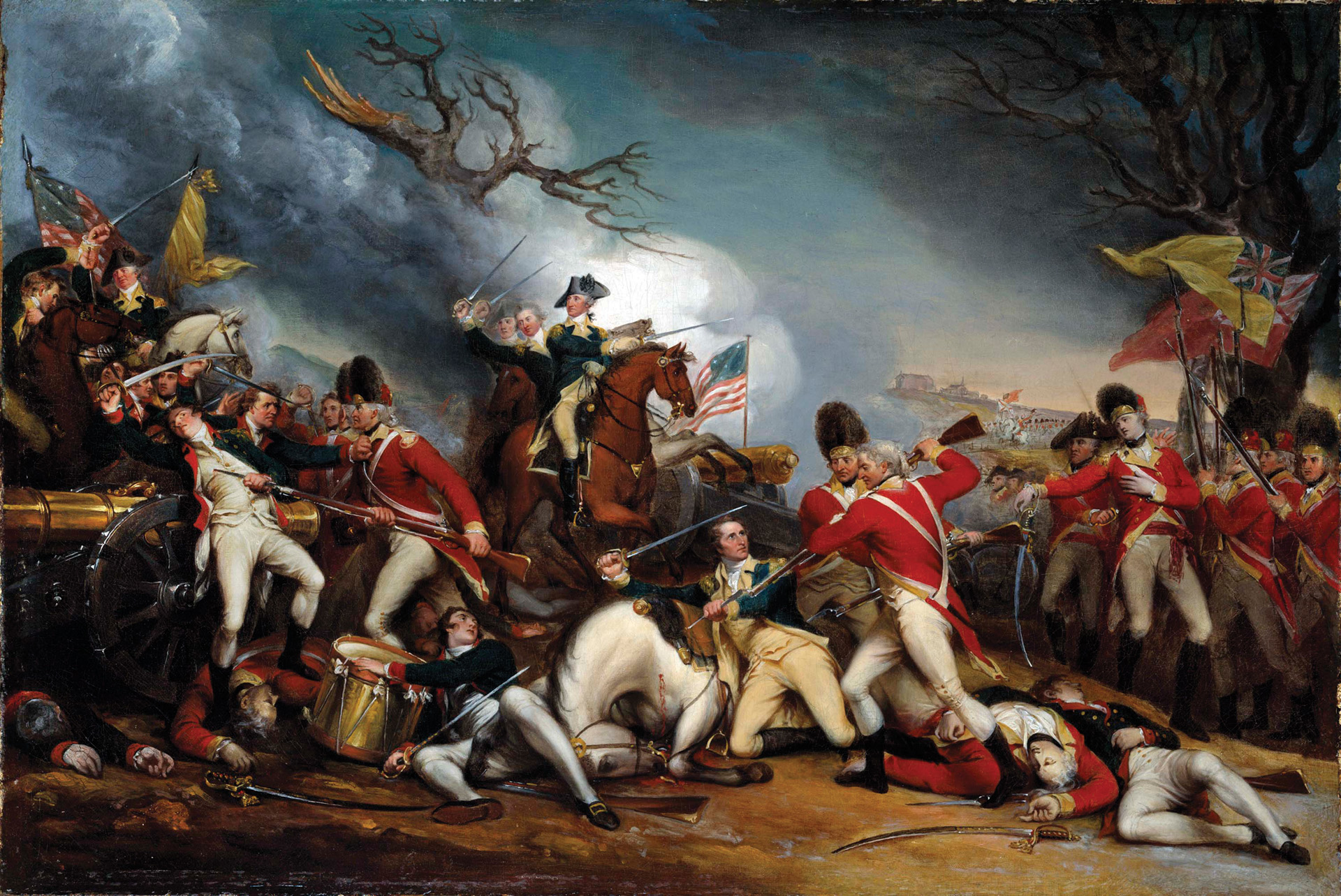
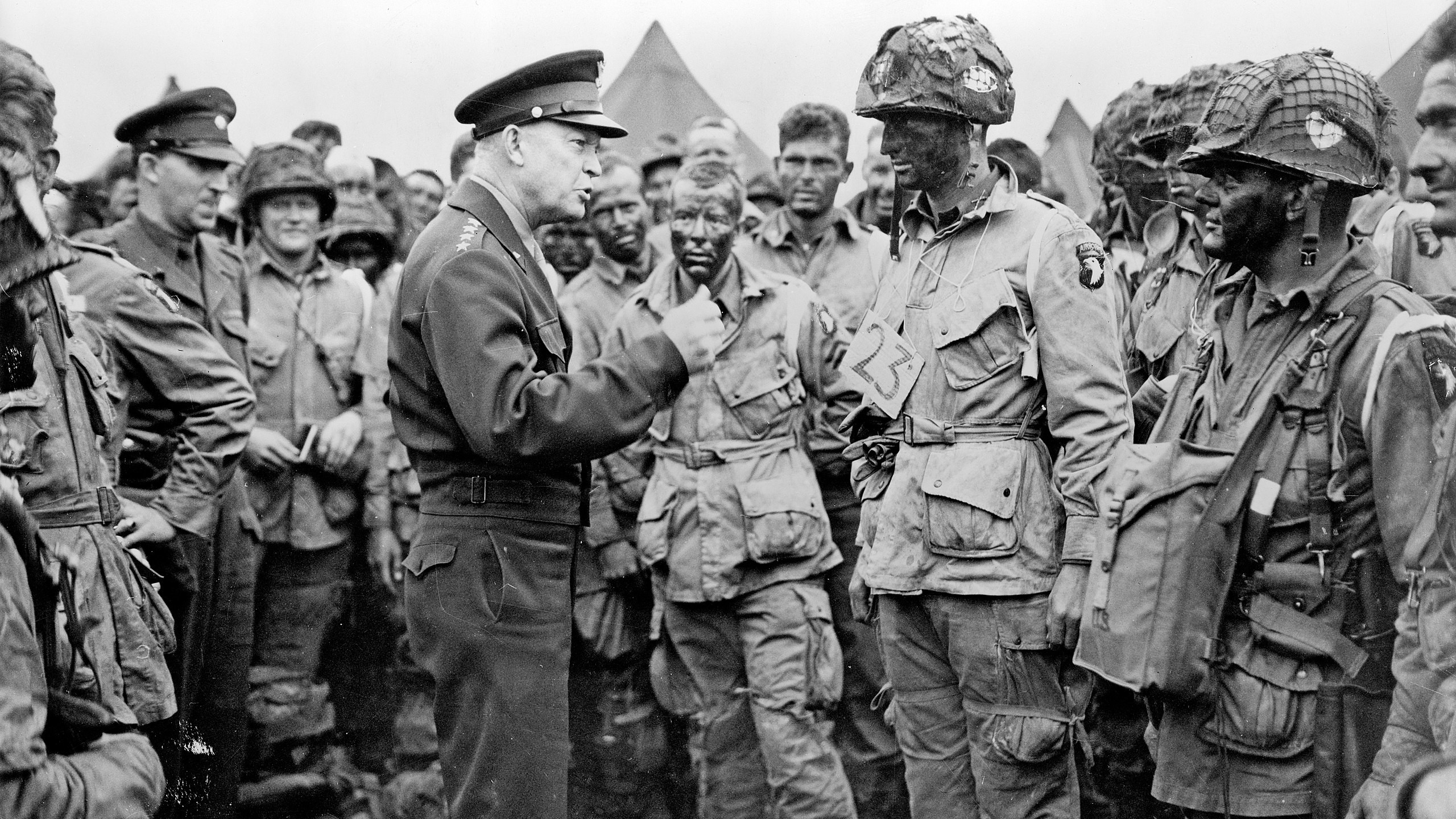
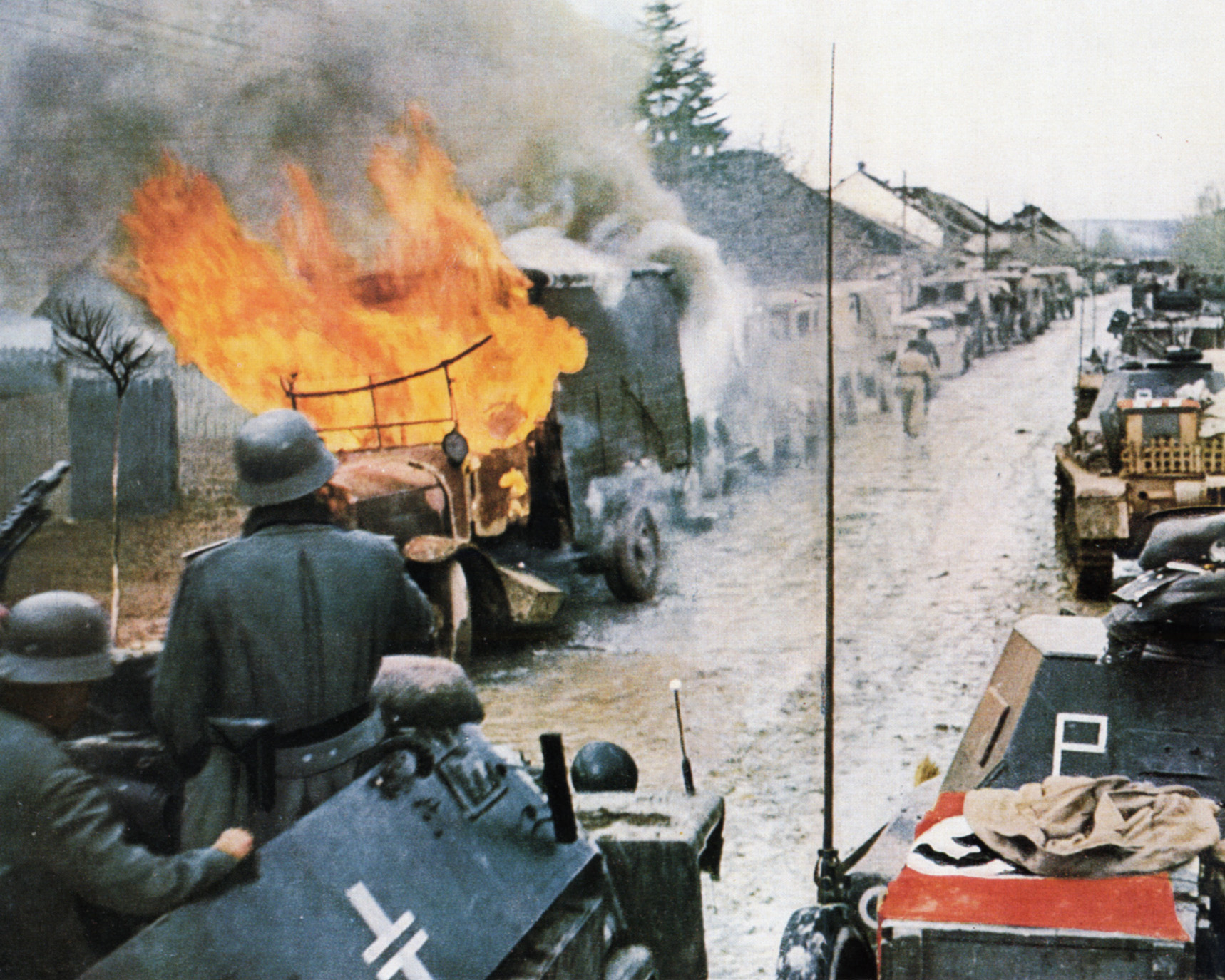
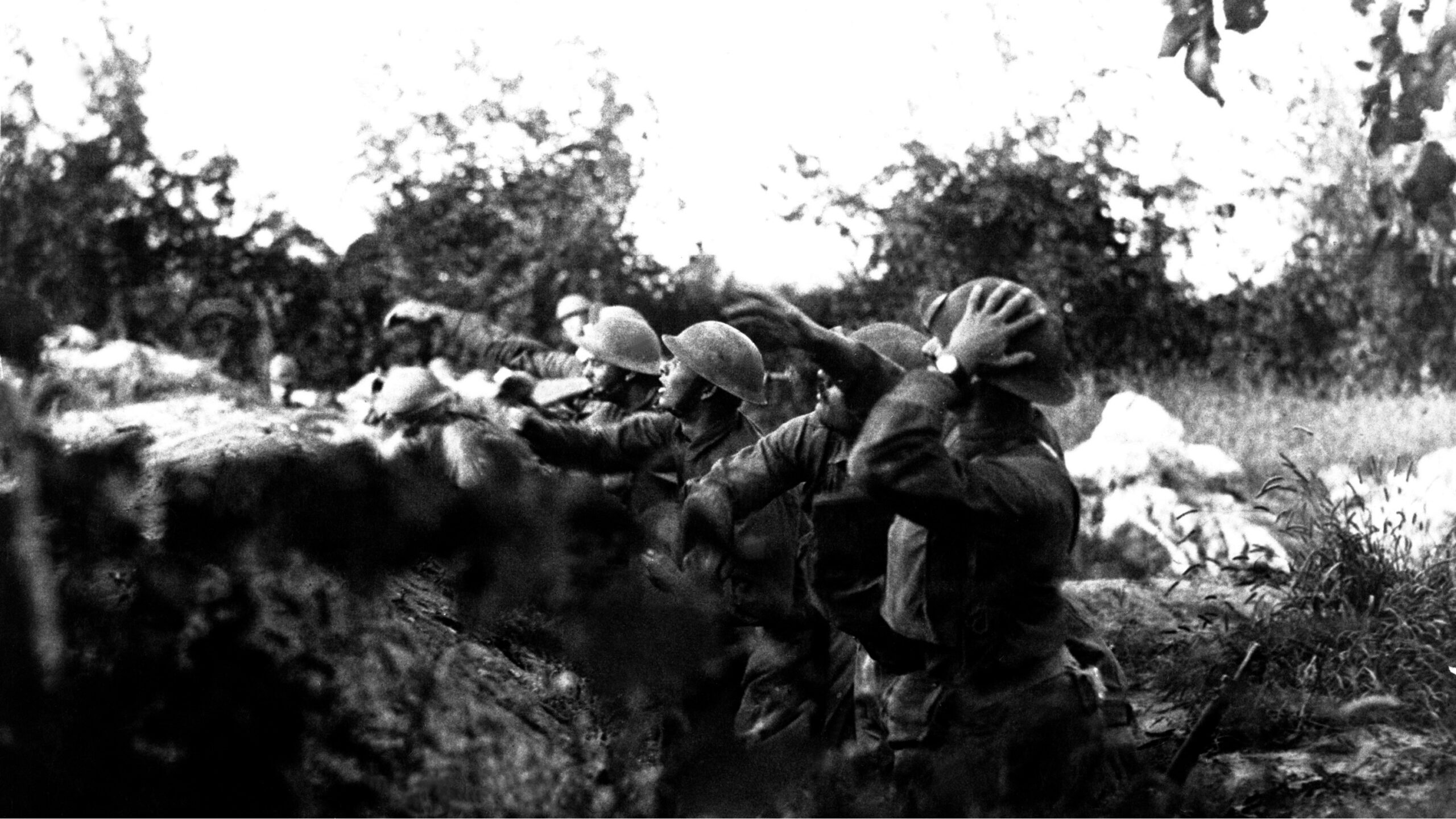
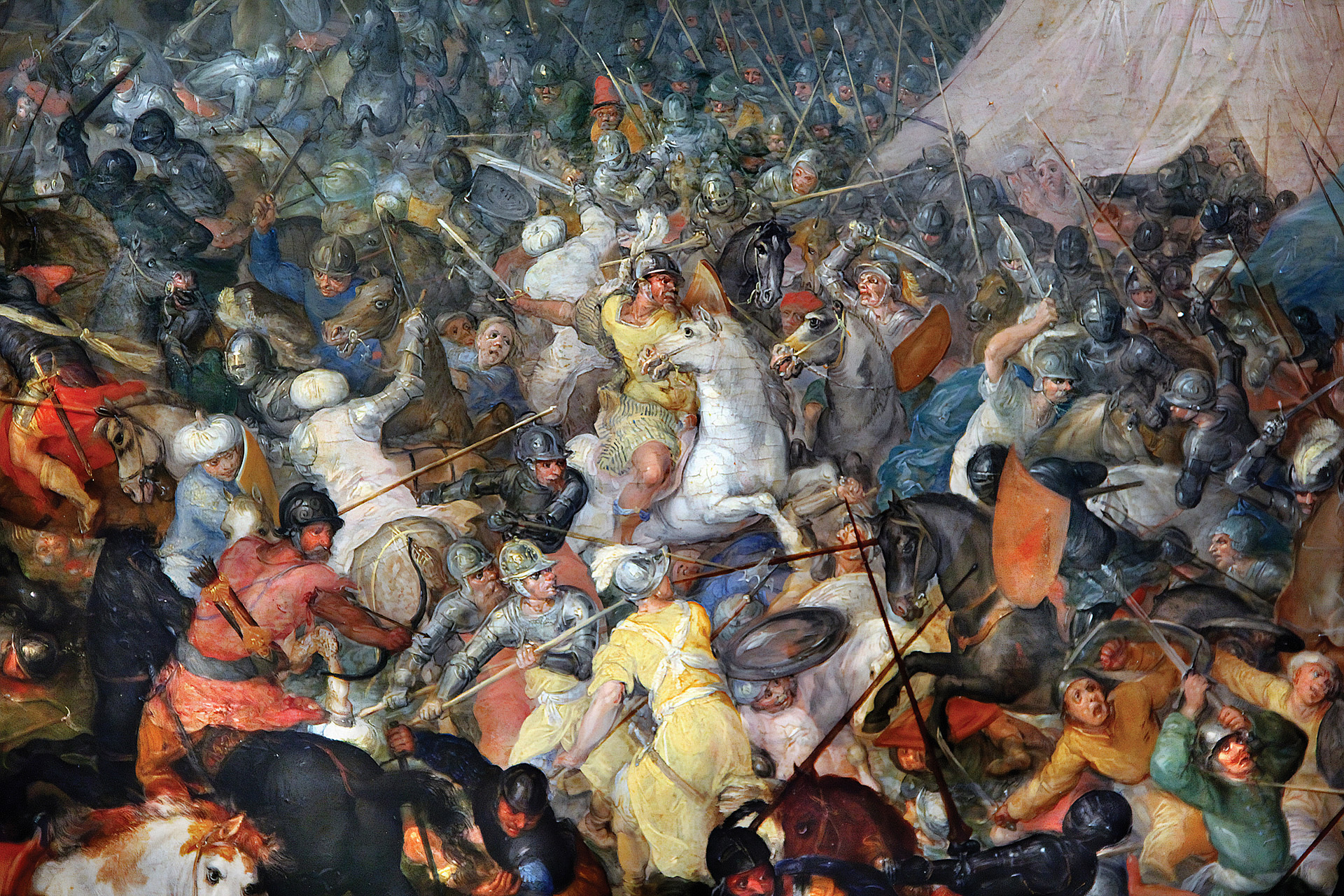
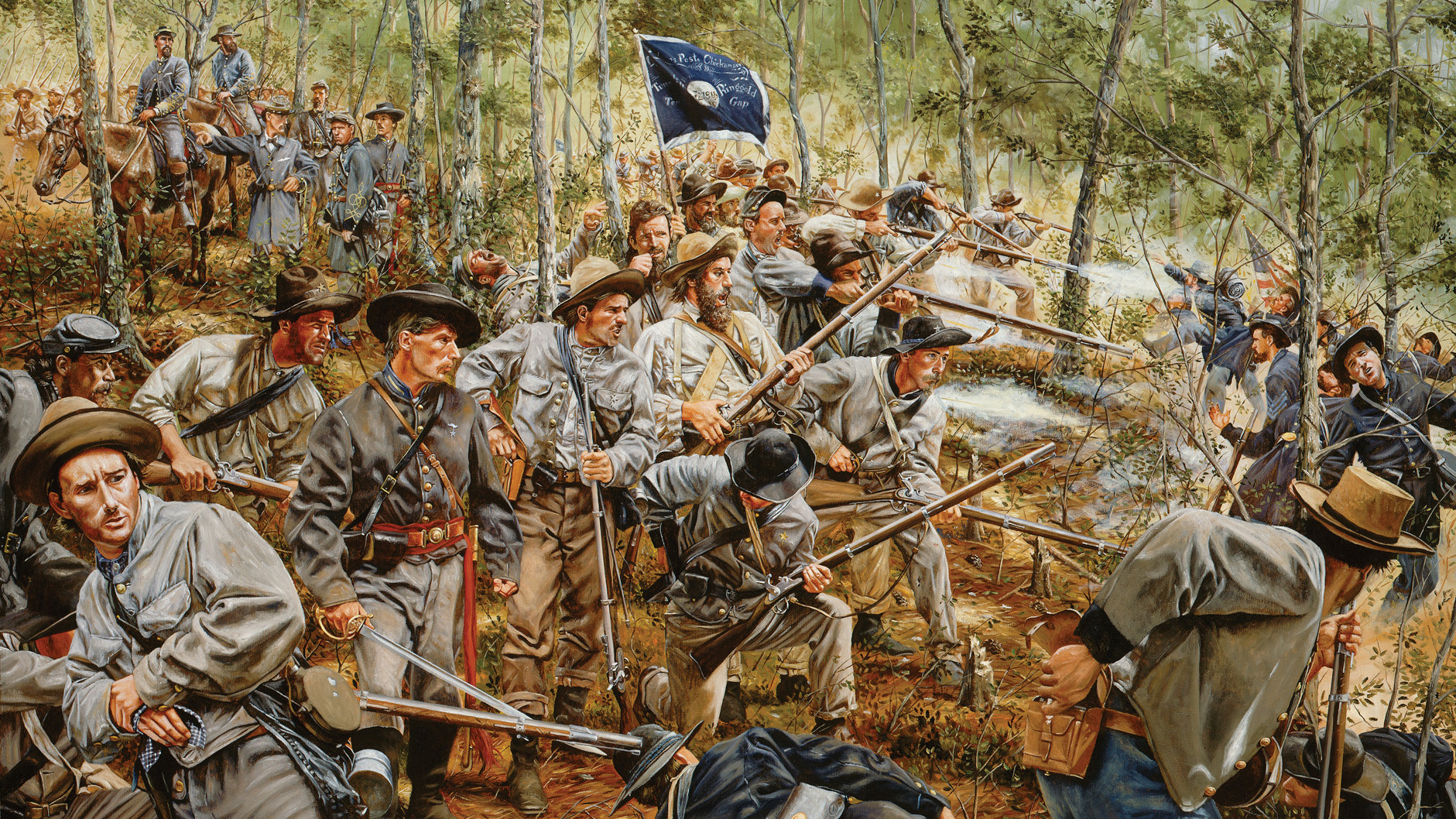
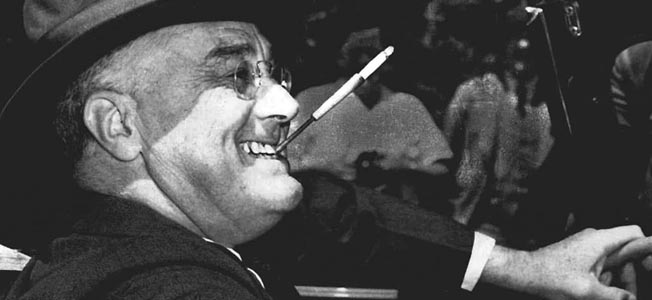
Join The Conversation
Comments
View All Comments